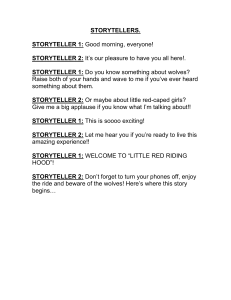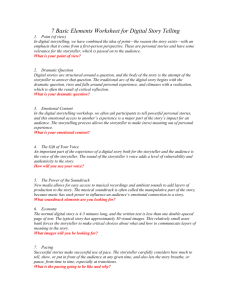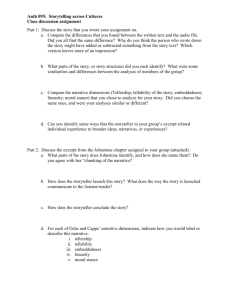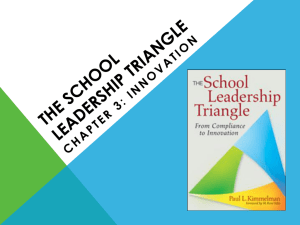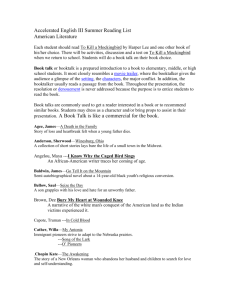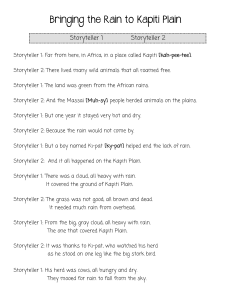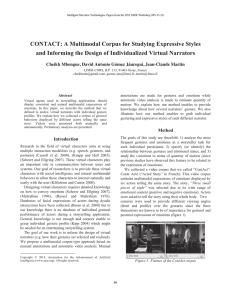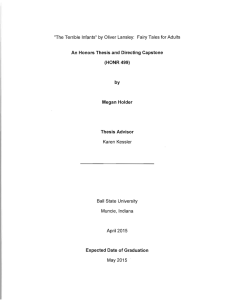TOOL 7 - WaterAid
advertisement
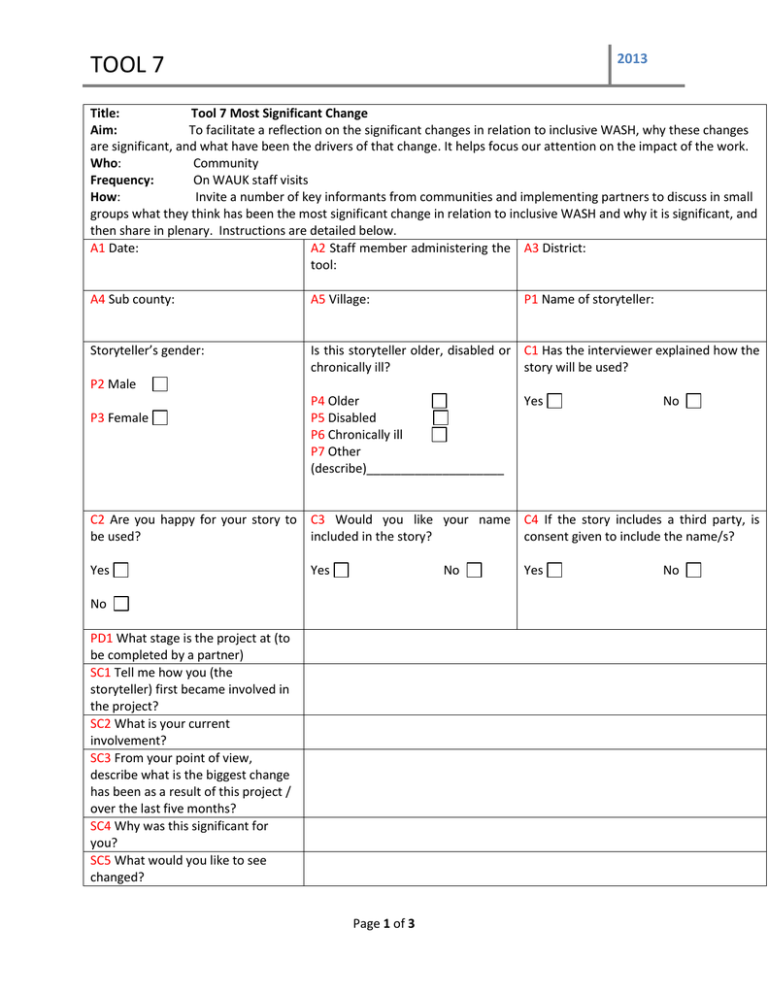
2013 TOOL 7 Title: Tool 7 Most Significant Change Aim: To facilitate a reflection on the significant changes in relation to inclusive WASH, why these changes are significant, and what have been the drivers of that change. It helps focus our attention on the impact of the work. Who: Community Frequency: On WAUK staff visits How: Invite a number of key informants from communities and implementing partners to discuss in small groups what they think has been the most significant change in relation to inclusive WASH and why it is significant, and then share in plenary. Instructions are detailed below. A1 Date: A2 Staff member administering the A3 District: tool: A4 Sub county: A5 Village: P1 Name of storyteller: Storyteller’s gender: Is this storyteller older, disabled or C1 Has the interviewer explained how the chronically ill? story will be used? P2 Male P3 Female P4 Older P5 Disabled P6 Chronically ill P7 Other (describe)____________________ Yes No C2 Are you happy for your story to C3 Would you like your name C4 If the story includes a third party, is be used? included in the story? consent given to include the name/s? Yes Yes No No PD1 What stage is the project at (to be completed by a partner) SC1 Tell me how you (the storyteller) first became involved in the project? SC2 What is your current involvement? SC3 From your point of view, describe what is the biggest change has been as a result of this project / over the last five months? SC4 Why was this significant for you? SC5 What would you like to see changed? Page 1 of 3 Yes No 2013 TOOL 7 NOTES ON THE PROCESS Domains of change: 1. Changes in the quality of people’s lives (practical, environmental) 2. Changes in the nature of people’s participation in development activities (institutional). What has this meant? 3. changes self perception? (Attitudinal) 4. Changes in the way others perceive them? (Attitudinal) 5. What would you like to see changed (learning lessons – allows the person to report negative impacts)? Gathering the SC stories Some organisations encourage nominated people to ‘interview’ users and write comprehensive notes by hand. To strengthen this method, interviewers read their notes back to the storyteller to check they have captured the essence of the story. The story is more valid if it is recorded in the storyteller’s own words. The technique can be improved by using a semi-structured interview guide. Such interviews can be a useful way of generating many SC stories in a short time through the efforts of a group of people who are dedicated to the task. Stories may also be captured using a tape recorder and then transcribed. Ask probing questions related to the domains of change. This is a key part of MSC. Some storytellers will naturally end their stories this way, but others will need to be prompted. (Without this section, people reading and discussing the story may not understand why the story was significant to the storyteller. For example, a woman may tell a story about going to a community meeting and sitting at the back and asking a question. ‘So what?’ you may think. She then tells you that this story was significant because she had not previously had the confidence to go to a community meeting, and that the program helped her gain the confidence to express her views in front of the village elders for the first time. ) Selecting the MSC story 1. A panel of stakeholders or/and staff (to be selected by the country representative) should select the most significant stories in each domain of change. They do this by sitting down together to read the selected stories aloud and discuss the value of the reported changes by asking themselves: ‘From among all these significant changes, what do you think was the most significant change of all?’ 2. Make sure everyone understand the approach 3. It is also necessary to make sure everyone understands and 'buys-in' to why this approach is being used and what purpose it will serve. If people are going to put time, energy and knowledge into it they should know why, what it contributes to and what will be done with their stories. 4. Try to make it a team/group effort--something which 'we' will do together--rather than a topdown effort in which people have to comply and produce something (not much different from reporting!) Page 2 of 3 2013 TOOL 7 5. Need to be very clear about the domain of change and how it is defined. The question you ask is really important for the stories you will get. Make sure the question is clear and to the point of what you want to find out. May be good to test it out on someone to make sure what you are asking is what you want and that it is understood by others the same way. 6. Sometimes good to have an example to share with others to give them a kick-start; but bewareyou may also get replicas of your example with certain details changed. It is up to you to decide what will work with the group you are working with. 7. Capture the most significant change stories from community members 8. Select a panel to review the stories and select the most important changes. 9. The panel of stakeholders sits down together, reads the stories aloud and have regular and often in-depth discussions about the value of the reported changes. The facilitator should guide discussions to the impact of the project. 10. You need to handle the selection of 'best stories' process carefully. Everyone who has written and shared a Most Significant Change story will feel very attached to their story and their effort and story should always be respected. It is necessary to understand your group and find a way to instill a team feeling about choosing the change stories which are 'best' for the project/program/activity etc. Sometimes all stories can be used also for certain things, with the selected ones being used for other purposes. 11. Stories can still go through a process of discussion, revision and refinement before being finalised-both before submission and even after selection. The process can help to make an even better story around a key change identified. After all we aren't all good at storytelling and writing and there may be differences in capacity, literacy and language which must be taken into account. 12. While MSC is associated with and used for monitoring, review and evaluation processes, you can get a lot more out of it if you link MSC and the stories produced to other parts of a project, activity, program or initiative. MSC and the stories produced can be linked to communication, dissemination, media, and future planning activities to name a few. Page 3 of 3
